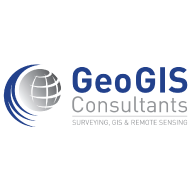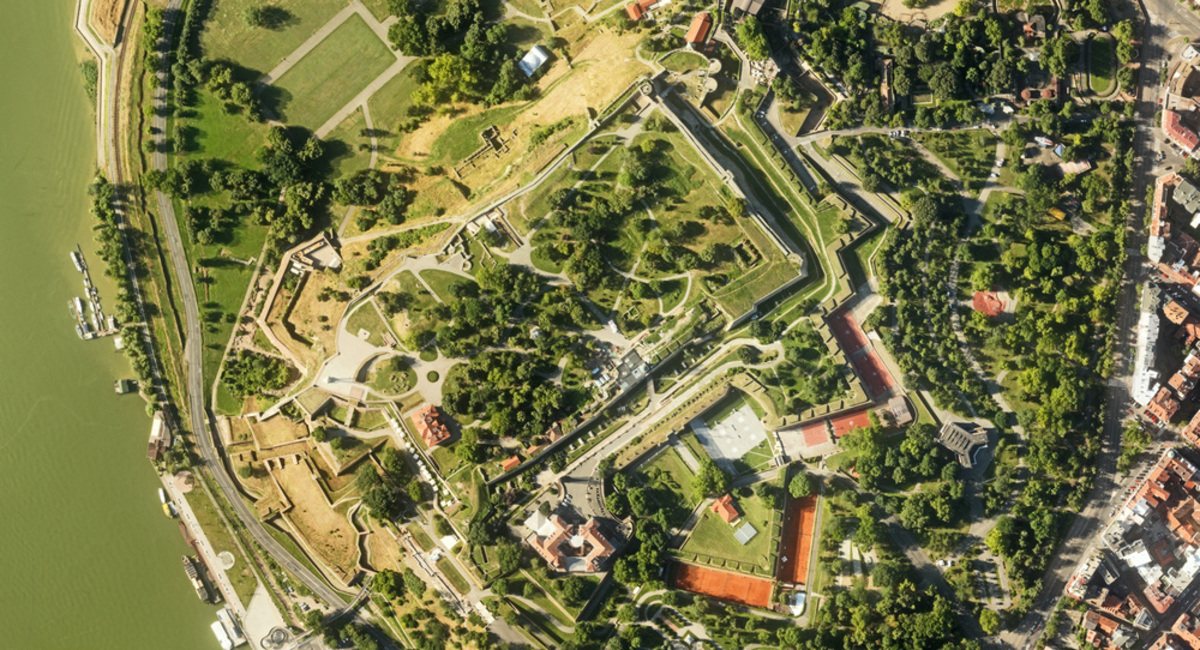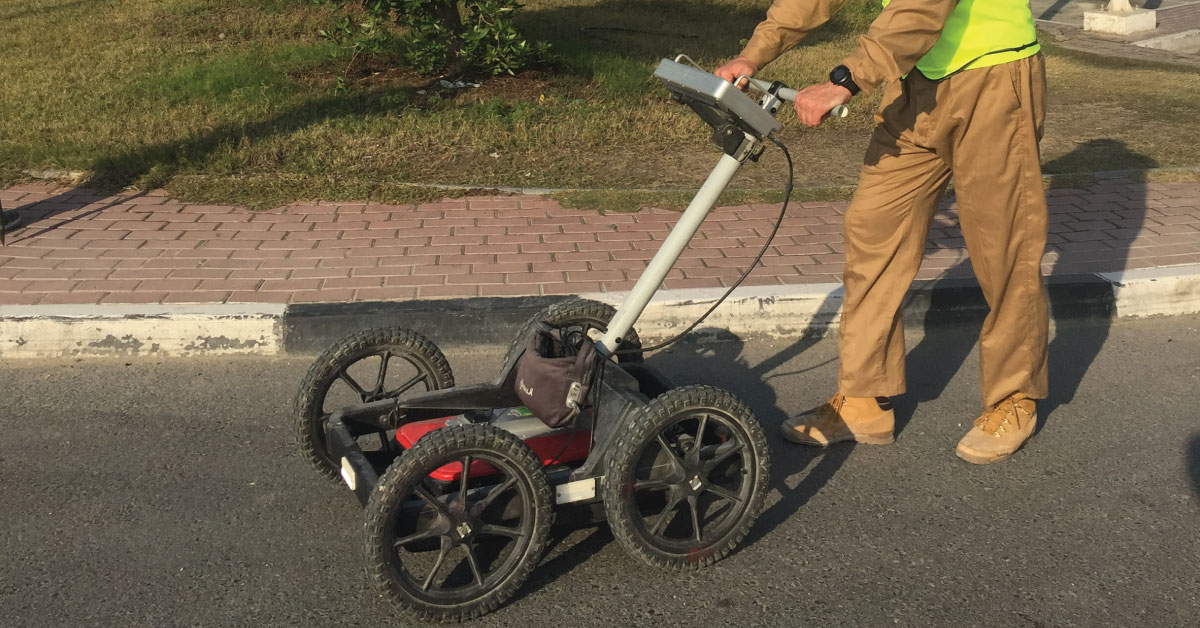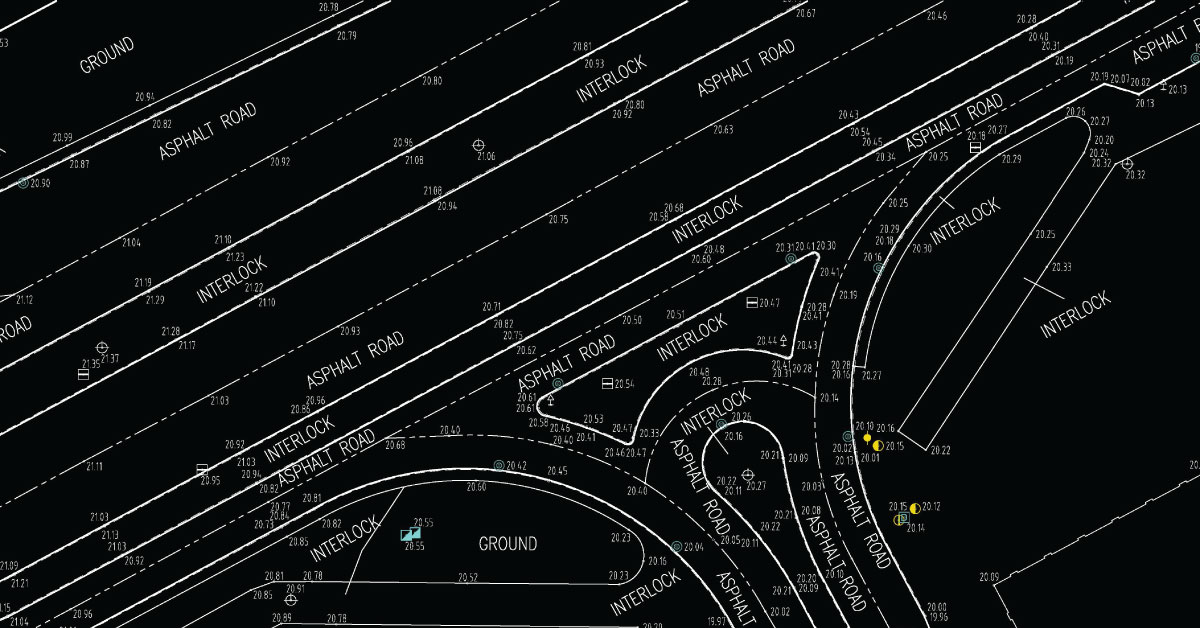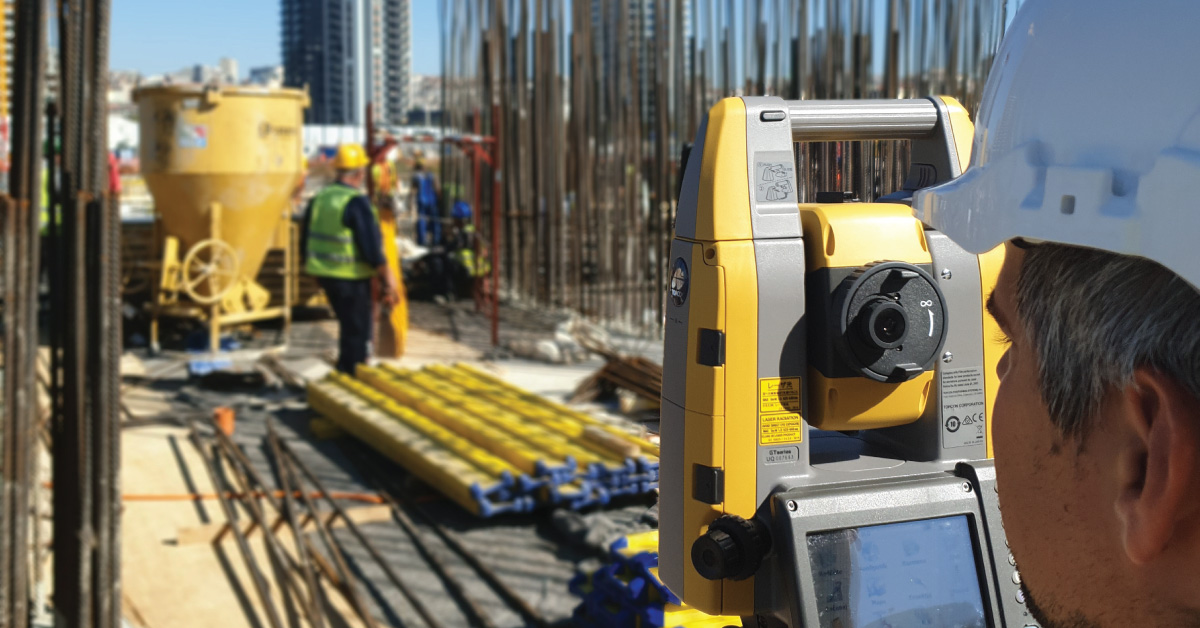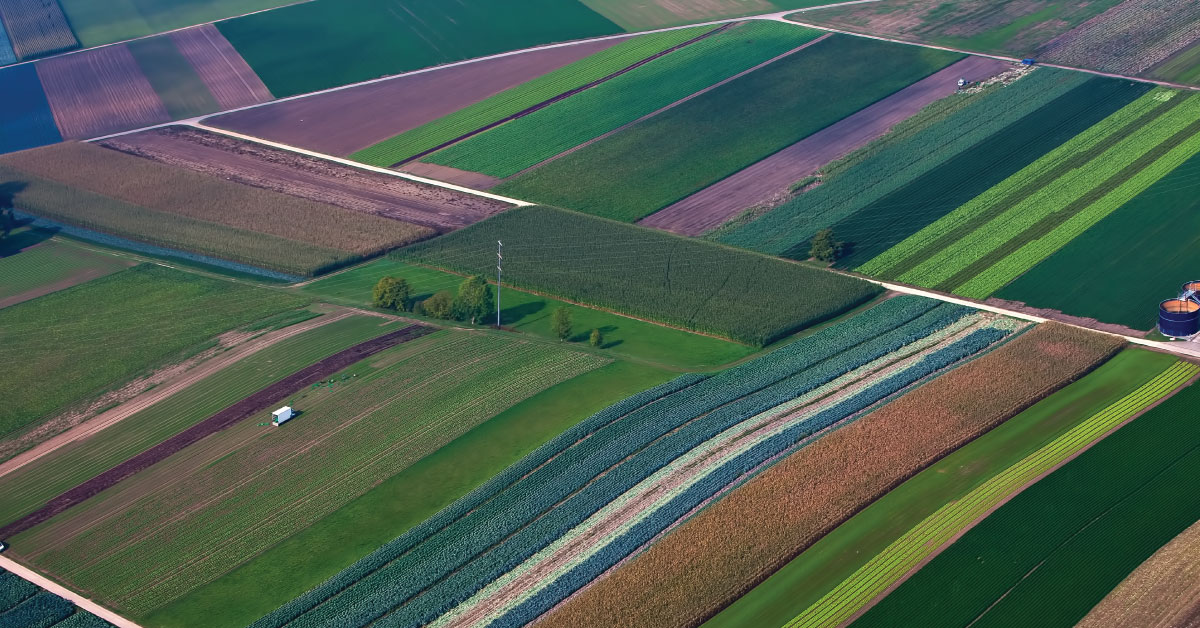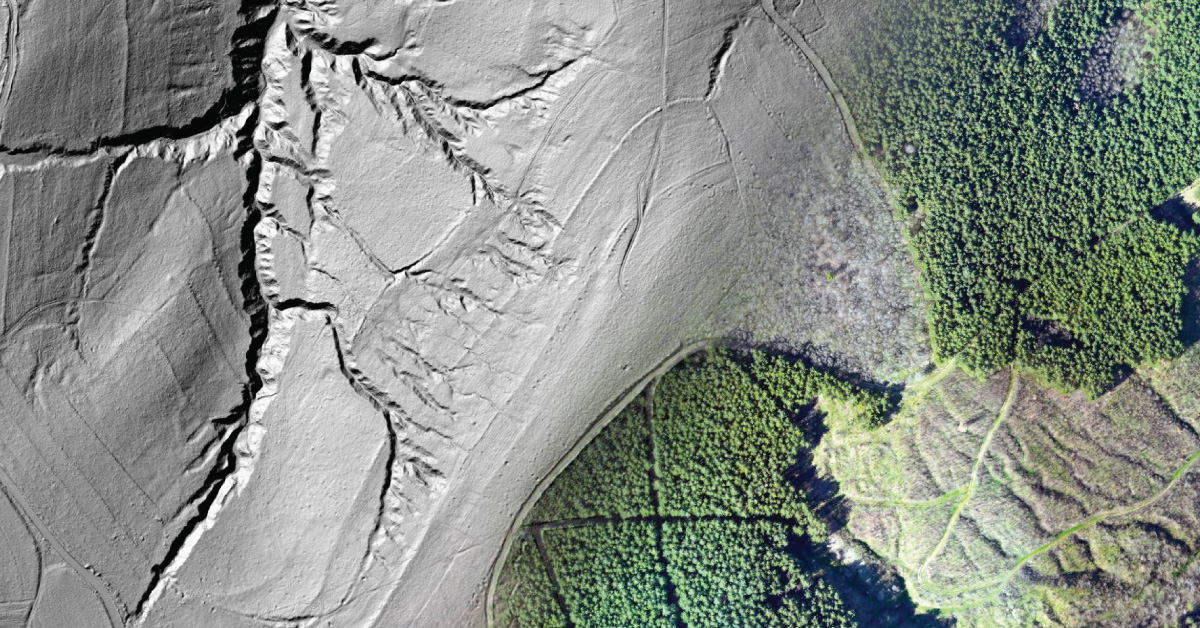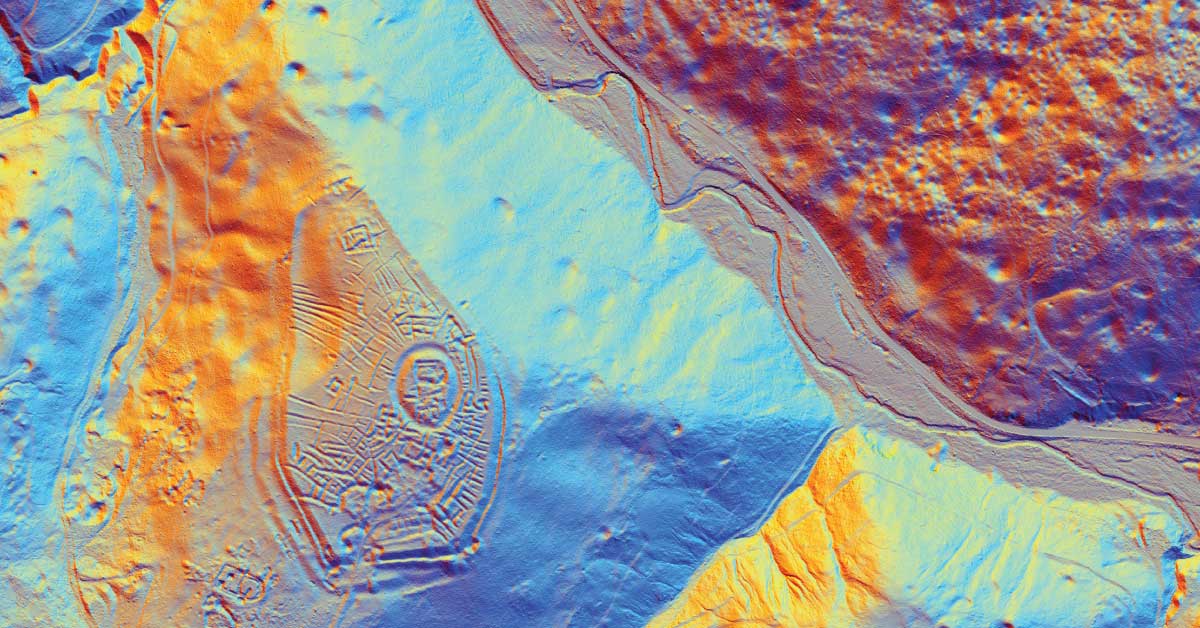Photogrammetry is the art, science and technology of acquiring reliable information about physical objects and the environment through the process of recording, measuring and interpreting photographic images and models of electromagnetic radiation and other phenomena. The basis used in photogrammetry is triangulation. Lines of collimation can be developed from every camera, down to the points on the object by recording from at least two different locations. These lines intercept mathematically in order to reproduce 3D coordinates of the required points.
Measurement system for photogrammetric survey consists of sensors that contain one or more optical components for image acquisition, specially prepared measuring object and program support for analysis of captured photographs. Photogrammetric survey consists of measurement planning, marking of objects with photogrammetric marks, photographing, measuring based on photographs, processing of photographs in order to obtain 3D coordinate points and the analysis of results.
The aim of photogrammetry is to obtain information, as precisely as possible, regarding relief, topography of Earth’s surface, as well as the objects on it, and all that for the purpose of producing geographic, topographic maps and plans, or 3D models as the basis for solving numerous engineering and other scientific problems and tasks.
Photogrammetry is applied in various jobs, topographic mapping, architecture, engineering, police work, geodesy, ecology, medicine, mining, civil engineering, and meteorology to determine the speed of tornado movement, when the common meteorological methods fail.
Digital orthophoto is a digital topographic map that holds a wealth of information registered on photographic image, as well as all the measuring characteristics of topographic maps and plans. By selecting adequate digital orthophoto resolution, i.e. the size of pixels on the site, enables the level of detail and accuracy required for specific purposes. On the other hand, choosing the right aircraft flight height for aerial photogrammetric survey achieves the optimal ratio between the demands for quality of digital orthophoto and its price. Digital orthophoto is an irreplaceable map for all applications that imply making an inventory of resources in space, with a very short deadline for production on the day of the survey. Photogrammetric survey is done using unmanned aircraft SenseFly eBee. The size of pixels is between 2 cm and 20 cm, camera 16MP, flight height 80 m to 170 m. Results and orthophoto plan obtained by stereo recording can be converted into a cloud of three-dimensional points in space with RGB, using which it is possible to create a topographic map with position accuracy of the size of pixels and vertical accuracy of 1,5 to 2 times the size of pixels. The results obtained by photogrammetric survey and the results obtained from the point cloud with DMT can be used for all kinds of planning and all types of spatial and urban plans.
